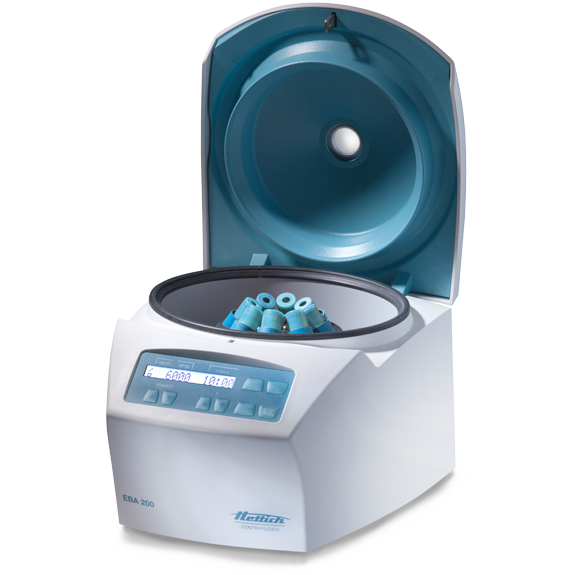A centrifuge is a machine that uses centrifugal force. It works by separating lighter particles from the heavier ones. In 1920, the first ever analytical ultracentrifuge was developed by Svedberg.
The method of using centrifugal force to purify and separate a mixture of biological features is called biological centrifugation. This important technique is used to analyze subcellular fractions, supramolecular complexes, and isolated macromolecules.
Different Parts of a Centrifuge
Below are some of the typical parts of a clinical centrifuge:
Control Panel
This can be found at the front casing. The control panel is used to control the operation of the centrifuge.
Chamber
The chamber houses the entire system. The centrifuge head is where you can find the cups or shields that cover the rotor. The rotors are also surrounded by a safety shield.
Motor
Electrically powered machine to spin the rotor and its content at a 90 degree angle to generate centrifugal force
Rotor
The rotors are also designed to produce rotational speed that will allow the components in a specific sample to separate. Swinging bucket and fixed angle rotors are two of the most common types of rotors that are used in centrifuges.
Latch
The latch keeps the lid of the centrifuge close during operation. This is to protect the user’s safety in the event of breakage or other issues.
Lid
The lid is a safety feature that is designed to protect the users during operation.
Bio Safety Lids
When possible, it would be ideal to opt for centrifuges with bio safety lids. It is also ideal if the user will be handling materials that are bio hazardous.

